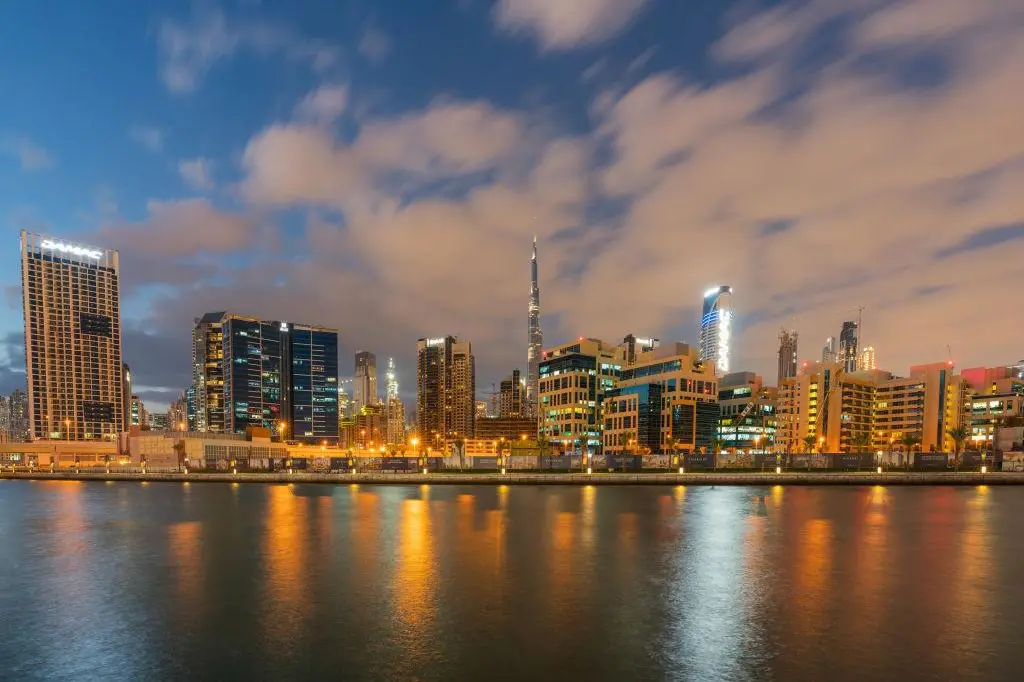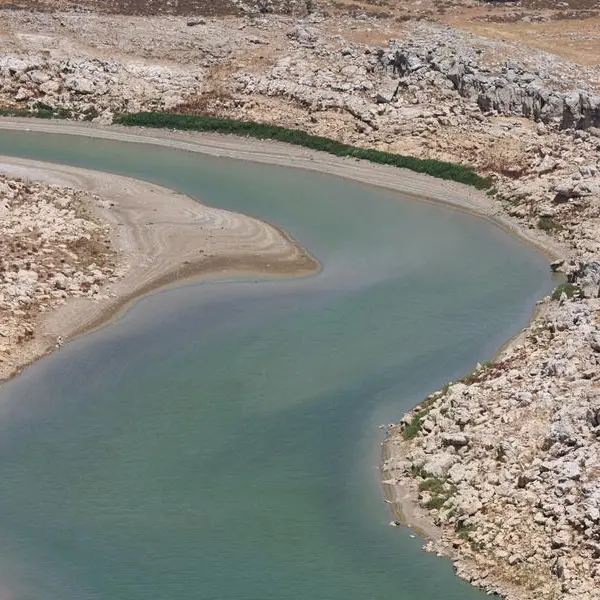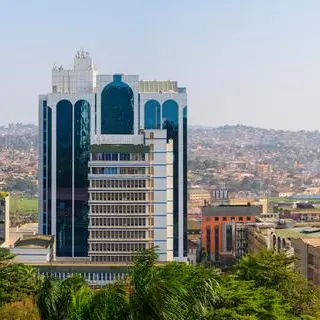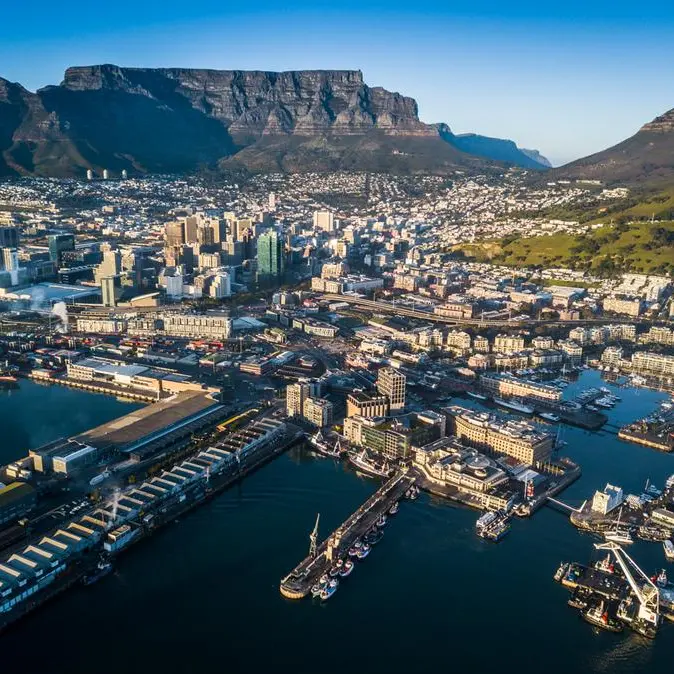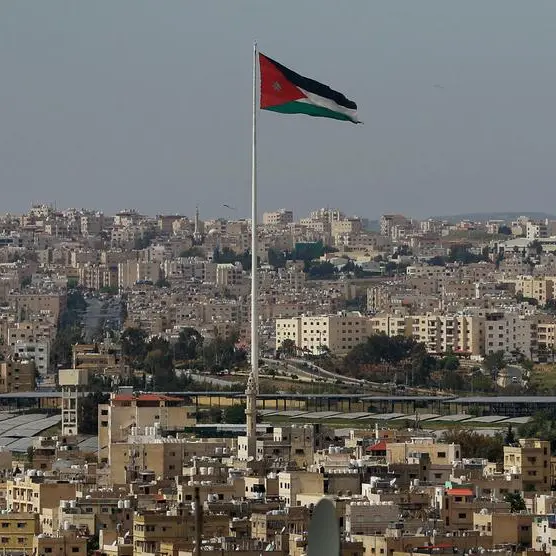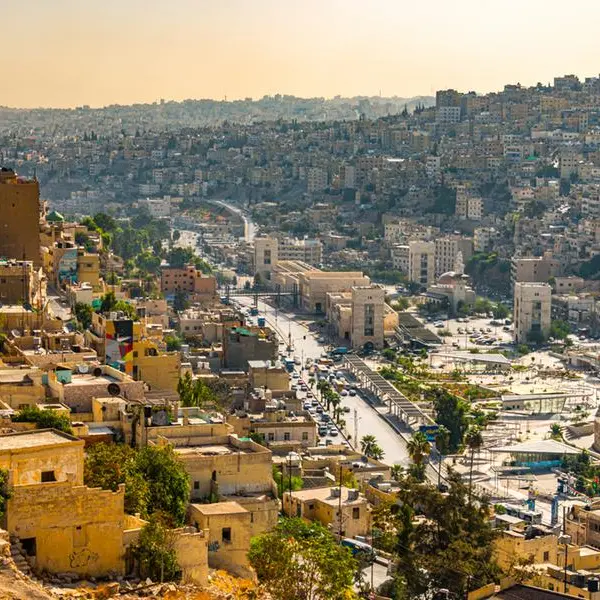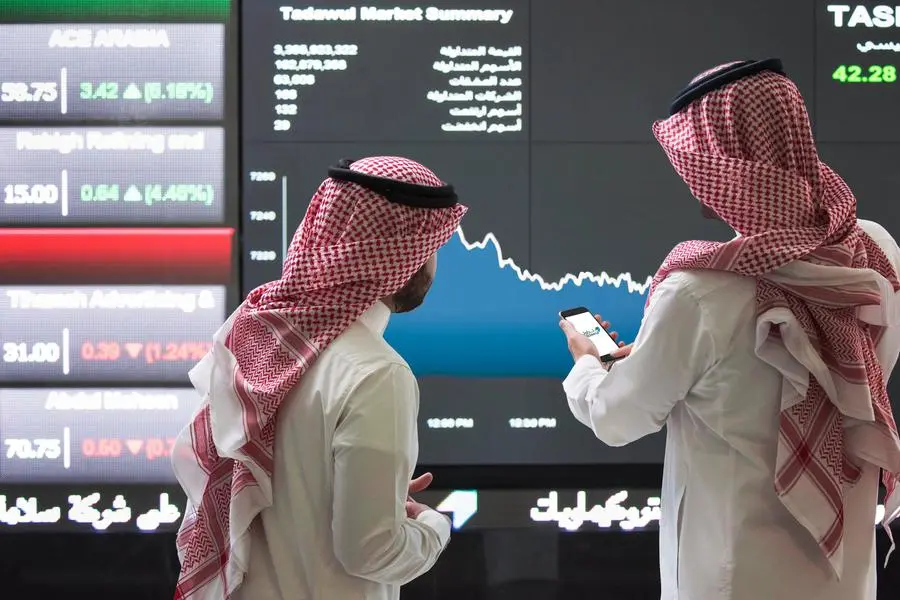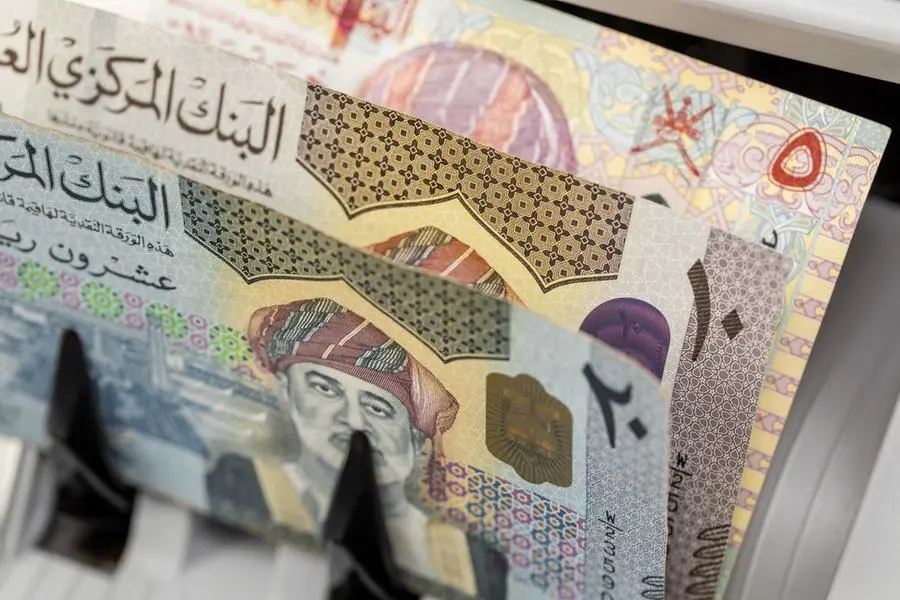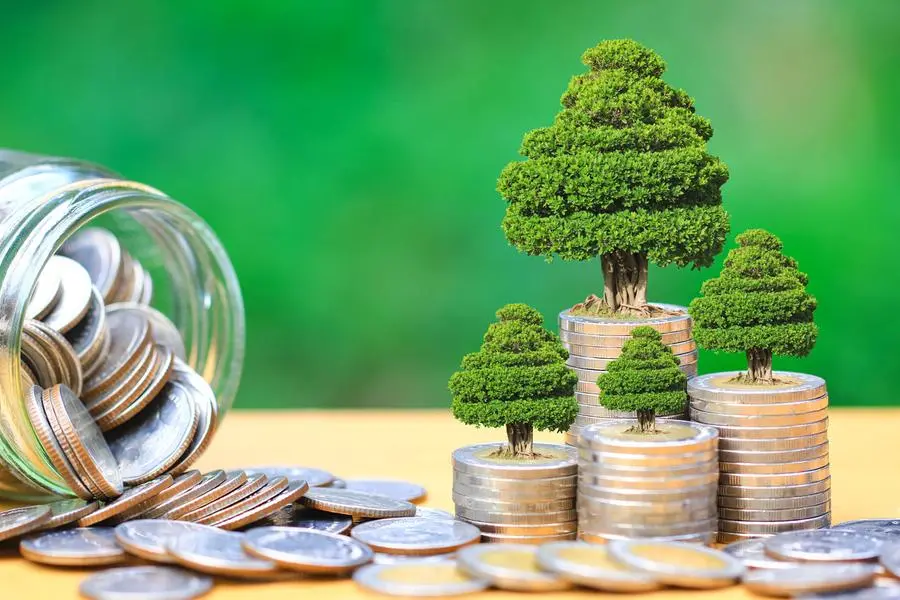PHOTO
The view of Dubai Downtown Skyline at Sunset on November 27, 2018 in Dubai, United Arab Emirates. Image used for illustrative purpose.
The UAE's exposure to tourism and global trade, as well as its proactive vaccination programme, suggests it could benefit from a global recovery if the COVID-19 pandemic dissipates, BofA Global Research said.
The UAE-Israel normalization accords open further avenues for tourism growth. Since the first commercial flight between the UAE and Israel launched in November, close to 70,000 Israelis visited the UAE over two months, according to the authorities. Given the UAE and Israel have some of the world's fastest COVID-19 vaccination campaigns, the authorities have suggested a bilateral quarantine-free travel corridor could be set up soon, Jean-Michel Saliba, MENA economist, said in the report.
According to BofA's global travel survey, 33 percent of respondents plan to travel the same amount after being vaccinated as they did in 2019 while 23 percent plan to travel more. Corporate could take time to recover, but 63 percent of global respondents expect no change or an increase in business travel post-COVID, the report said.
After reopening its borders to international visitors in July 2020, Dubai received 1.1 million overnight visitors in July-November 2020 and 2.2 million passengers in December 2020. In comparison, Dubai received 16.73 million in 2019, suggesting material upside if the pandemic dissipates. An increase in Covid infections led the authorities to impose precautionary measures in February, and extend them until Ramadan in mid-April. The restrictions reduce the capacity at which hospitality and entertainment venues can operate (50-70 percent), while pubs and bars are closed.
The Expo upside
The rescheduled World Expo 2020 could provide upside to growth, the report said. The event will now take place from October 2021 to March 2022. The timing could coincide with a global loosening in travel restrictions, and corresponds to the peak tourism months for Dubai. This could provide a material tourism boost. The original pre-COVID projections by the authorities targeted 25 million visitors over the six-month Expo period, with over 70 percent originating from outside the UAE. The total number would include 7.5 million resident visitors, 2.2 million Gulf Cooperation Council Countries (GCC) visitors, and 5 million transit visitors. Thus, the government target was a 50 percent increase in the number of annual visitors, but this is likely ambitious, especially if the pandemic does not dissipate, Saliba cautioned.
Egypt tourism
Egypt, along with Turkey and Greece are set to benefit from tourism flows in EEMEA, based on tourism figures as a percentage of total exports and GDP.
Egypt is likely to benefit from greater arrivals of Russian tourists if direct flights between Russia and Egyptian red sea resorts are restored. However, a full recovery is likely to be some two years away, with tourism inflows likely to be $7 billion (1.6 percent of GDP) in 2022.
Tourism is the fourth largest source of current account inflows in Egypt, accounting for about 15 percent of four-quarter trailing current account inflows of $13 billion; 3.9 percent of GDP in 2019, pre-Covid. Since the pandemic started, tourism inflows plummeted to just $1.1 billion over the six-month period 2Q20-3Q20, it said.
(Writing by Brinda Darasha; editing by Daniel Luiz)
Disclaimer: This article is provided for informational purposes only. The content does not provide tax, legal or investment advice or opinion regarding the suitability, value or profitability of any particular security, portfolio or investment strategy. Read our full disclaimer policy here.
© ZAWYA 2021